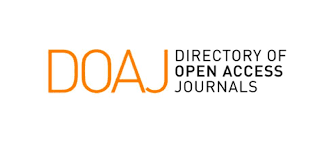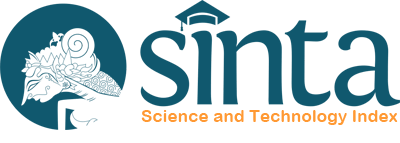Tinjauan Dampak Pariwisata di Kawasan Pesisir Pada Dimensi Sosial Budaya Masyarakat
Abstract
Tourism is a leading sector in developing process of many countries. For Bali, tourism contributes more than 30 percent on the formation of Bali’s Regional Domestic Product. To assure tourism at this island will run in sustainable manner, three aspects have to be considered. This research is aimed to classify the positive as well as the negative effects of socio-cultural dimension arose from tourists activities at coastal area of Badung regency of Bali. A hundred of local community leaders at North Kuta district were selected and their perception regarding effect of tourism on socio-cultural aspect were collected on June – September 2017 and analysed by using factor analysis. Three groups were identified as the positive effects i.e. (a) women empowerment as the economic agents for the family; (b) the increasing of Balinese values; and (c) the raising of community capacity building in developing culture-creative products. Viewed from the burden of cost, we found the potency of increasing the social as well as family conflicts because of different perspectives in viewing tourism.
Downloads

Jurnal Matematika (JMAT) is licensed under a Creative Commons Attribution License (CC BY-NC 4.0)















